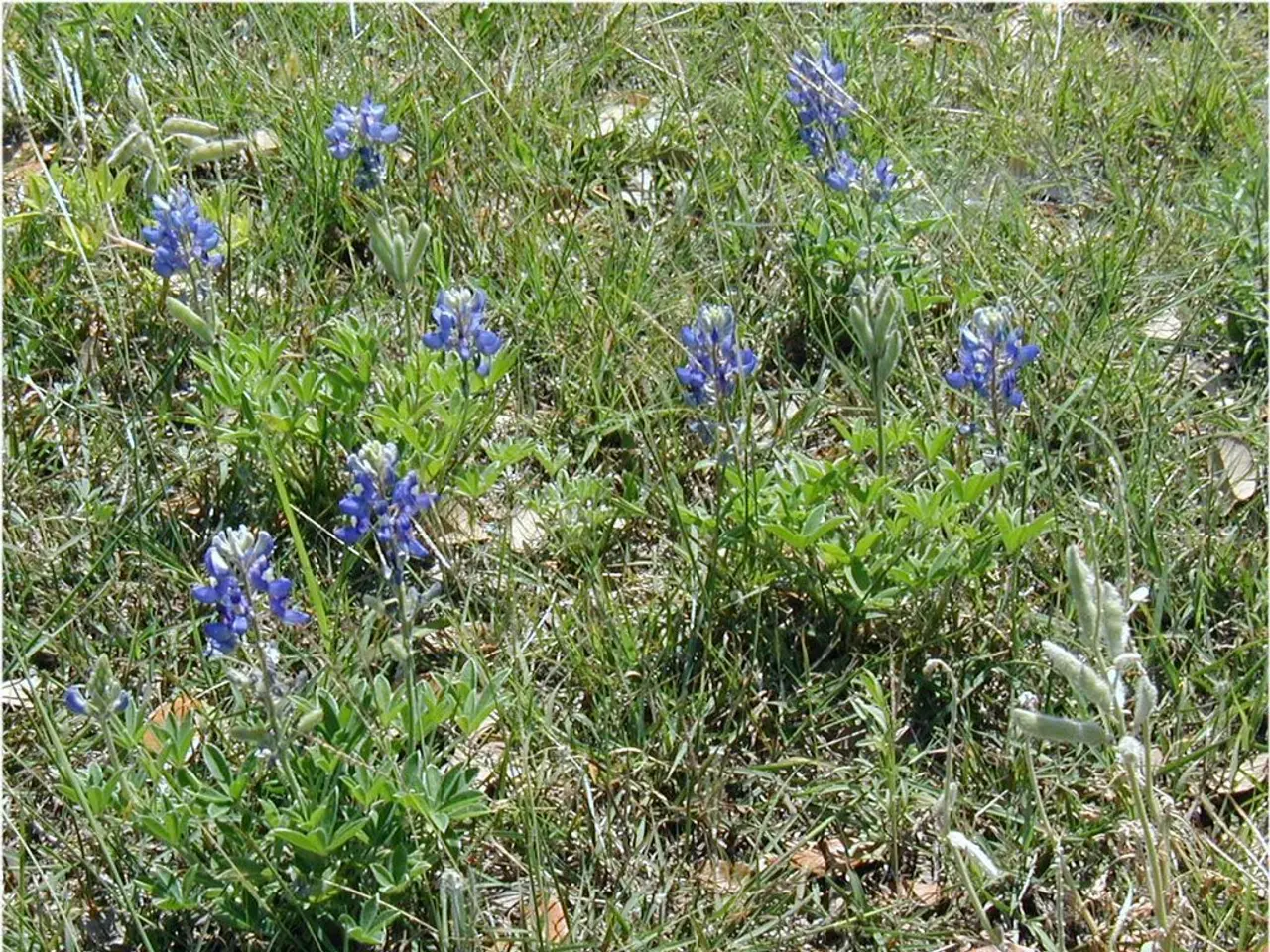Prepare for Spring: Winter Sowing Boosts Garden Growth
Gardeners can now prepare for a vibrant spring with winter sowing, a method that takes advantage of cold temperatures to germinate seeds. This technique is particularly suitable for cold-hardy perennials, annuals, and biennials, such as Wintersweet and foxglove.
Winter sowing involves sowing seeds outdoors during the coldest months, often while snow is still on the ground. This method mimics the natural conditions that many seeds, especially perennials and wildflowers, require to break dormancy. It results in seedlings that are hardier and timed perfectly with seasonal shifts, making it a low-maintenance and cost-effective approach.
To start, gather materials like clear or translucent containers, potting soil, seeds, duct tape, and scissors or a knife for cutting drainage holes. Prepare containers by adding 2-3 inches of damp potting soil and creating drainage holes. Sow seeds according to packet instructions, covering them lightly with soil if required, and water gently to moisten. Seal containers with tape, leaving the cap off for ventilation, and place them outdoors in a sunny spot. Many seeds, such as Wintersweet and foxglove, thrive on stratification by cold winter temperatures, making winter sowing an ideal method for these plants.
Winter sowing offers numerous benefits, including stronger plants, extended growing opportunities, and saving indoor space. It's an excellent way to prepare for spring while taking advantage of the cold winter months. Simply wait for nature to take its course, with containers acting like mini-greenhouses through winter, and seedlings emerging right on schedule as temperatures rise.
Read also:
- Financial report from Mohegan reveals plans for restructuring debt on their INSPIRE resort project through refinancing.
- Technology exhibit CES reveals Crystal microLED display from Swarovski Mobility division
- Beachgoers should be aware that potentially lethal "flesh-consuming bacteria" can survive in coastal environments. Here are safety precautions to follow.
- Elimination of Permitted Development Rights Advocated Across Industries





